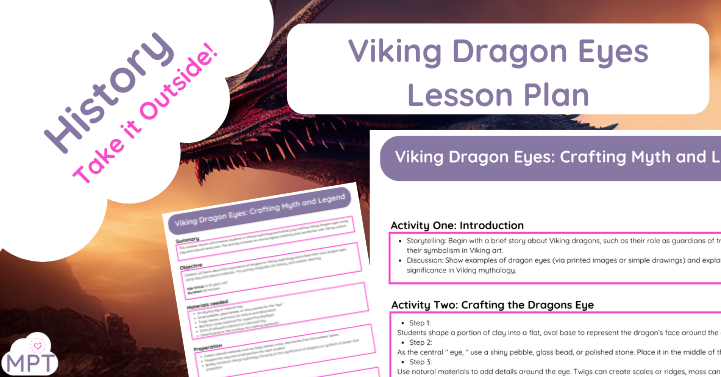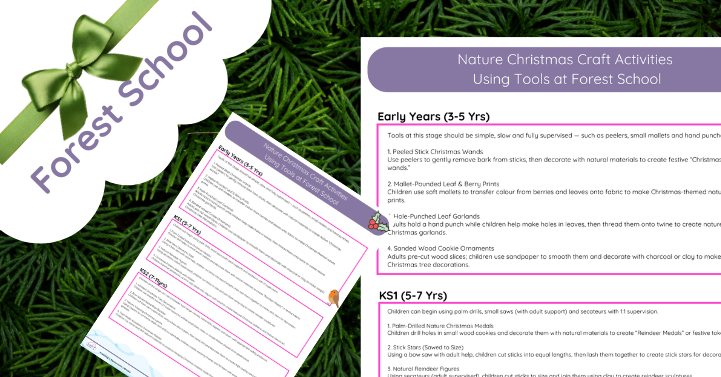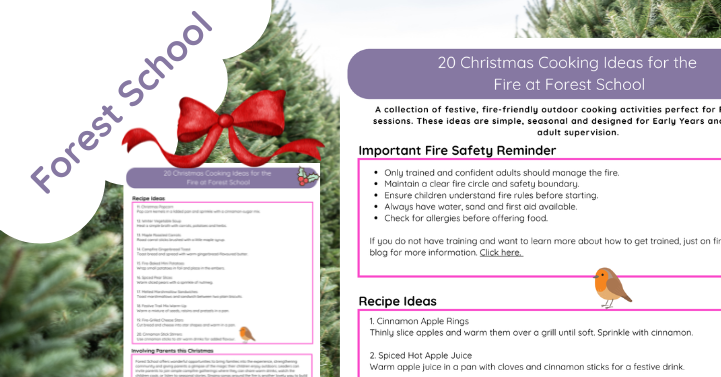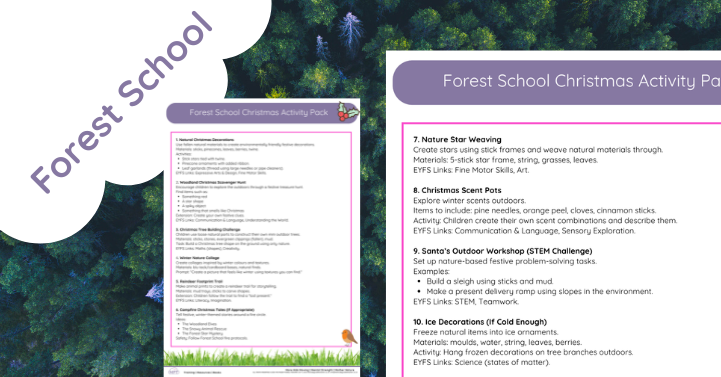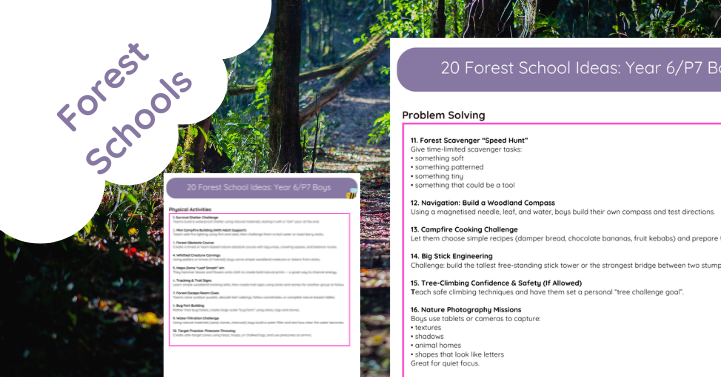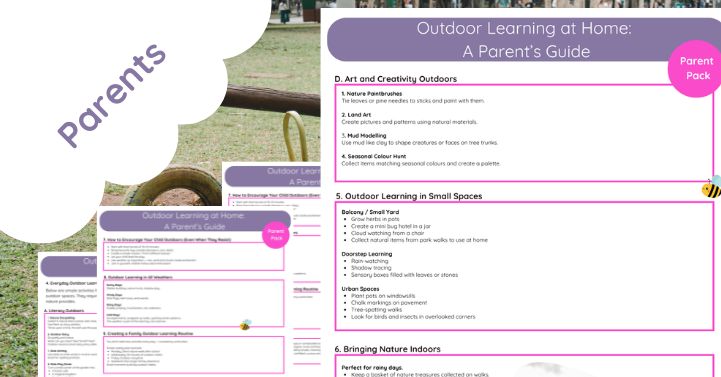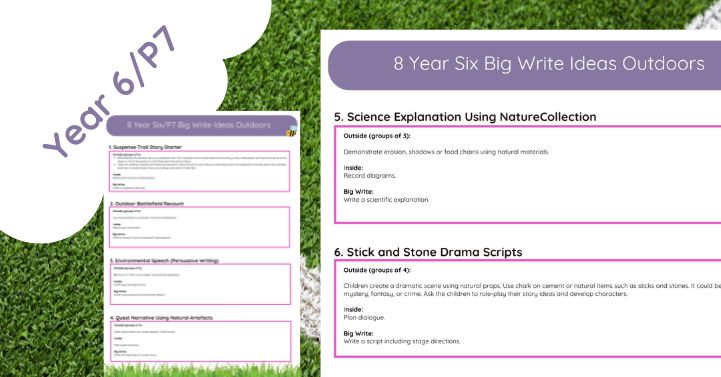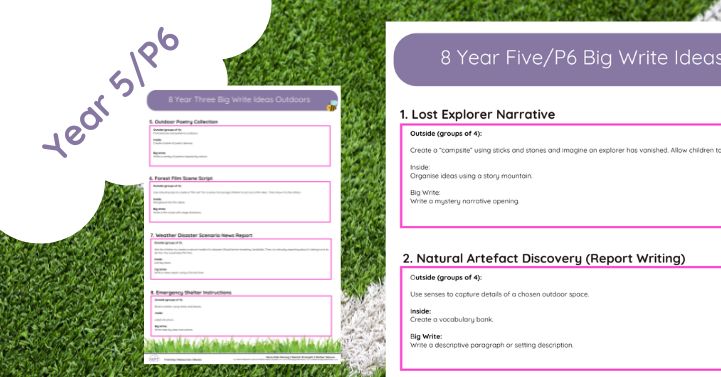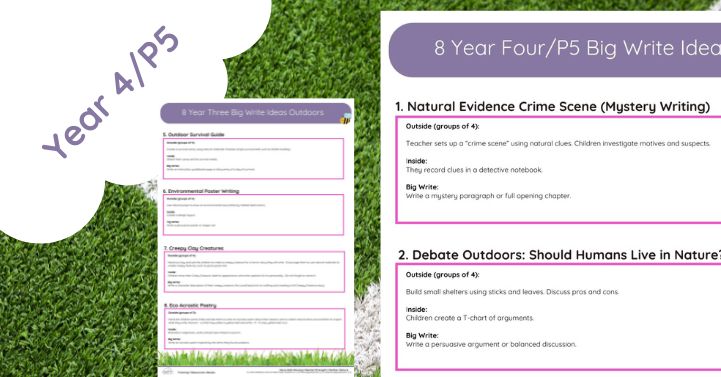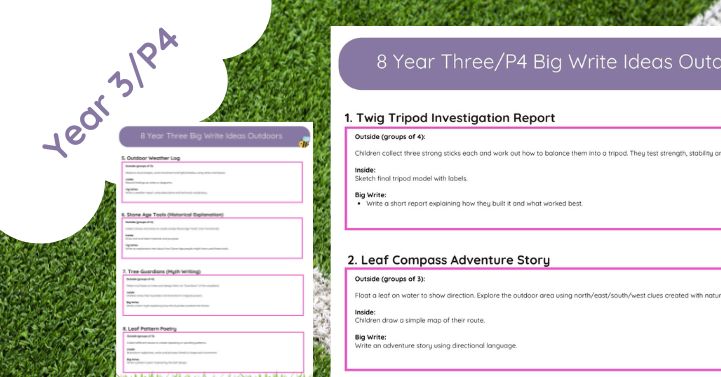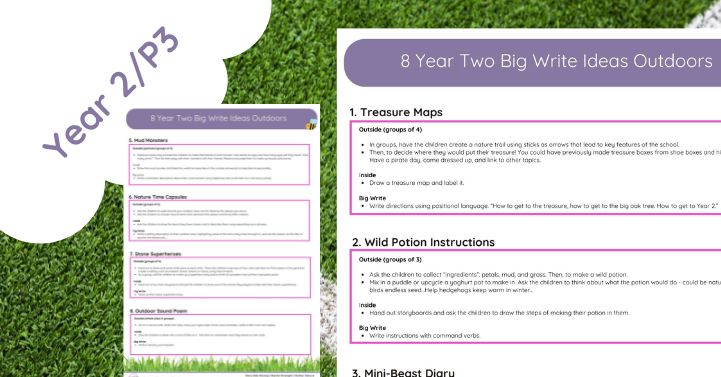Unleash creativity and explore Viking mythology with the Viking Dragon Eyes Lesson Plan. This immersive, hands-on activity allows students to craft their own Viking dragon eyes using clay and natural materials, bringing history to life in an engaging outdoor learning experience.
Key Features:
- Mythical Inspiration: Dive into the world of Viking dragons and their symbolic role as protectors and guardians in Norse mythology.
- Creative Crafting: Students use clay, twigs, leaves, and shiny stones to design their intricate dragon eyes, encouraging imaginative expression and tactile learning.
- Outdoor Learning Focus: The lesson incorporates natural materials and an open-air setting, perfect for the Muddy Puddle Teacher approach or forest school environments.
What’s Included:
- Step-by-step instructions for crafting dragon eyes.
- Tips for incorporating storytelling and historical context into the activity.
- Suggestions for using natural materials to enhance the experience.
- Reflection and discussion prompts to deepen understanding.
Learning Outcomes:
- Historical Understanding: Students learn about the cultural significance of dragons in Viking lore.
- Art and Design Skills: Encourages creativity, fine motor development, and the use of sustainable materials.
- Teamwork and Communication: Promotes collaboration during material gathering and crafting.
Perfect for teachers looking to combine history, art, and outdoor education, the Viking Dragon Eyes Lesson Plan offers an unforgettable way to engage students with hands-on learning and mythological storytelling.
Ignite curiosity and creativity with the Viking Dragon Eyes Lesson Plan, a dynamic and engaging educational resource that blends history, mythology, and art. Perfect for educators seeking to inspire students while meeting curriculum standards, this lesson plan immerses learners in the rich culture of the Vikings through the lens of dragon mythology.
What’s Inside?
- Historical Context: Dive into Viking lore with a brief, kid-friendly overview of their mythology, culture, and the symbolic significance of dragons in their world.
- Artistic Exploration: Students create their Viking dragon eye using mixed media, such as coloured pencils, pastels, or paints, with guided step-by-step instructions.
- STEM Integration: Optional extension activities link the design process to STEM principles, such as symmetry, colour theory, and pattern creation.
- Critical Thinking Challenges: Encourage students to write a short story or poem about the Viking dragon they envision, fostering literacy and creativity.
- Assessment Tools: Rubrics, reflection prompts, and peer review sheets to ensure a well-rounded learning experience.
Key Features:
- Tailored for Grades 4–8 but adaptable for other age groups
- Supports cross-curricular learning in history, art, and language arts
- Includes printable templates, instructional slides, and teacher notes
- Flexible lesson plan adaptable to individual or group activities
- Aligned with Common Core and National Art Education Standards
Why Choose the Viking Dragon Eyes Lesson Plan?
This lesson plan offers an engaging way to bring ancient history to life while developing students’ artistic skills and critical thinking. Whether used in classrooms, after-school programs, or homeschool settings, it’s a fantastic resource for educators looking to blend creativity with meaningful learning.
Unleash the Viking spirit in your classroom—grab the Viking Dragon Eyes Lesson Plan today and let your students craft their way through history!
Imagine stepping outside, feeling the crisp air, and channelling the fierce creativity of the Vikings to craft their iconic dragon eyes—using sustainable resources found in nature. Moving this lesson outdoors sparks imagination and fosters an appreciation for the environment. Let’s explore elevating the Viking Dragon Eyes Lesson by incorporating eco-friendly materials and the great outdoors.
Why Take Learning Outdoors?
Outdoor learning enhances sensory engagement, inspires creativity, and encourages teamwork. It’s also a great opportunity to teach students about sustainability by using natural and recycled materials. Plus, exploring Viking themes like dragons in a natural setting connects students to the environment like the Vikings, who lived closely tied to the earth.
For more on the benefits of outdoor learning, check out The National Wildlife Federation’s Guide to Outdoor Learning.
Sustainable Materials for Dragon Eye Creations
Instead of relying solely on store-bought supplies, incorporate sustainable, natural, or repurposed items to craft the dragon eyes. Here are some eco-friendly ideas:
- Flat Stones or Pebbles: Use as the base for dragon eyes. They’re durable and perfect for outdoor crafting.
- Leaves and Bark: Layer them to create scales or textures around the eye.
- Twigs and Sticks: Frame the dragon eye or use them to create intricate patterns.
- Natural Pigments: Crush flowers, berries, or chalk to create eco-friendly pigments for colouring. Learn more about making your natural pigments from Natural Earth Paint.
- Recycled Materials: Bring scraps of fabric, foil, or cardboard to add detail while repurposing waste.
- Clay or Mud: Molded around the eye, these materials can mimic realistic textures while remaining biodegradable.
Step-by-Step: Creating Viking Dragon Eyes Outdoors
- Gather Materials: Begin with a scavenger hunt. Ask students to collect stones, leaves, or other natural items for their project. This reinforces sustainability and helps them connect with their surroundings.
- Design the Dragon Eye: Have students visualize a Viking dragon eye inspired by their surroundings. Encourage them to sketch their idea in a journal or directly onto the stone.
- Assemble and Craft: Use natural materials to build the design. For the eye itself, try painting on a flat stone with crushed pigments or biodegradable paints. Leaves, bark, or twigs can serve as embellishments. For tips on using biodegradable supplies, visit Green Matters.
- Reflect and Share: Once completed, students can present their dragon eyes and explain how they incorporated natural materials. They can also discuss how these creations connect to Viking mythology and the environment.
Educational Benefits of Outdoor Crafting
- Hands-On Sustainability: Using natural and recycled resources teaches students the importance of reducing waste and preserving the environment. For more eco-friendly crafting ideas, visit Earth 911’s Sustainable Crafting Guide.
- Cross-Curricular Learning: Blend art, history, and science as students learn about Viking culture, design patterns, and natural resource usage.
- Mindfulness and Connection: Outdoor crafting fosters mindfulness, teamwork, and a deeper appreciation for the natural world.
Tips for Success
- Be Prepared: Bring eco-friendly adhesives, biodegradable paints, and brushes for crafting.
- Leave No Trace: Teach students to respect the environment by leaving the area as they found it. Learn more about Leave No Trace principles at the Leave No Trace Center for Outdoor Ethics.
- Adapt to Weather: Have a backup plan for crafting indoors if the weather takes a Viking turn!
- Make It Fun: Encourage storytelling! Students can imagine and share the stories behind their dragon’s eyes.
Bring Viking Creativity and Nature Together
Taking the Viking Dragon Eyes Lesson Plan outside is an enriching way to combine creativity, culture, and sustainability. By using natural and recycled materials, students connect with the past and contribute to a greener future. Encourage them to let their imaginations soar while appreciating the world’s beauty.
Are you ready to embark on this outdoor Viking adventure? Grab your materials, step outside, and watch your students craft their way into the mythical world of dragons—sustainably!


